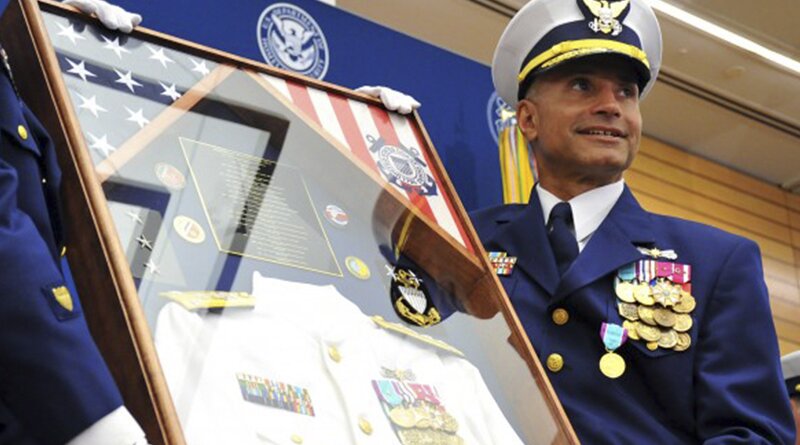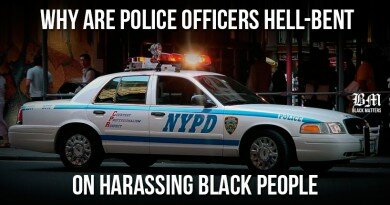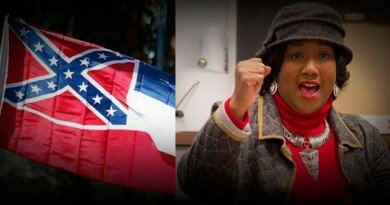Coast Guard Highest Ranking Black officer Retires After 36 Years Of Service
Vice Adm. Manson K. Brown became the first African-American three-star admiral in the U.S. Coast Guard in 2010.
Vice Adm. Manson K. Brown brought to a close his 36-year career in the U.S. Coast Guard and his pioneering role as the highest-ranking Black officer in the history of the sea service. Brown became the first African-American three-star admiral in the U.S. Coast Guard in 2010, according to Honoring African-American service members magazine.
Brown, who grew up in the District’s Petworth neighborhood, joined the Coast Guard in 1978. In 1977, he became the first African-American to lead the U.S. Coast Guard Academy corps of cadets, the Coast Guard’s student body.
Brown is often credited for playing a crucial role in developing the careers of minorities in the Coast Guard.
After 36 years of service, #USCG Vice Adm. Manson K. Brown retires from active duty http://t.co/MqPM6LQbvi pic.twitter.com/XFR5gbYcZd
— U.S. Coast Guard (@USCG) May 14, 2014
During his career, he assumed positions of responsibility in Florida, Hawaii and California, where he oversaw counter-narcotics trafficking missions and other operations spanning 73 million square miles of the Pacific Ocean. He served as the military assistant to two U.S. secretaries of transportation and spent three months in Iraq in 2004, leading the restoration of two major ports. A civil engineer by training, he also oversaw recovery operations after Hurricane Sandy wrought $270 million in damage to Coast Guard property.
In recent years. Brown led a Coast Guard effort to improve sexual assault prevention and outreach.
AFRICAN-AMERICAN COAST GUARDSMEN IN DEFENSE OF AMERICA
The Coast Guard has served in every war from the American Revolution through the Persian Gulf conflicts. During World War 1,15 Coast Guard cutters, some 200 officers and 5,000 enlisted men went into action as part of the U. S. Navy. By World War II, the Coast Guard had 802 vessels, and its personnel manned 351 Navy and 288 Army craft. Shore stations increased from 1,096 to 1,774, and by the end of the War, Coast Guard personnel numbered 171,168.
When President Franklin D. Roosevelt made clear that African-Americans would be integrated into the general ranks of the Coast Guard and Navy, Secretary of the Navy Knox announced in April 1942 that African-Americans would be accepted in capacities other than messmen. The first group of 150 African-American sent to Manhattan Beach Training Station in New York in the spring of 1942. Here, they received instruction in seamanship, knot typing, lifesaving, and small-boat handling. Classes and other official activities were integrated, with sleeping and mess facilities still segregated. African-Americans who qualified for specialized training after four-week basic course became radiomen, pharmacists, yeomen, coxswains, electricians, carpenters’ boatswains 2nd mate.






